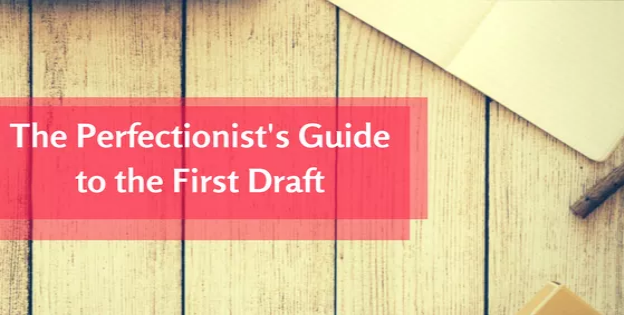Three Questions to ask after You Finish Your First Draft
Congratulations! If you’re reading this, then you’ve probably finished the first draft of your novel.
What an amazing achievement! You’ve proved you have the discipline to sit down and write a book; the most important part of being an author! Celebrate! Take a breath! And then buckle down, because the work’s not done yet…
The good news is that your first draft will probably be the worst version of your book. Because at first draft stage, you should be focusing on getting the words down. Often that means sacrificing other stuff. Like characterisation. Like plot. Like keeping the dog that appears in Chapters One and Two, in Chapters Three to Twenty, too. First drafts are meant for your eyes only, so this is absolutely fine. But before you put it out into the world, ask yourself these questions:
Is the conflict deep enough?
Most of the feedback I get from my editor is to go deeper. I think this might be because I love my characters, and I don’t want to give them hard things to work through. But being an author means you have to torture your darlings. And so, when I’m going through my first draft, I always ask myself whether my characters’ conflicts are deep enough.
This sounds very neat and tidy, but sometimes this question pops up halfway through the book. I realise my heroine and hero have to have something more than just say, a past heartbreak to keep them from falling in love. So, at the sixty per-cent-mark, I add another layer; my heroine’s father left her mother, breaking her heart, and now my heroine fears repeating that mistake. I use this for the remaining forty per cent. And then I have to go back and add it to the first sixty per cent. Which leads me to the second question…
Is the story consistent?
As much as I’d like to (writing is hard, okay), I can’t leave my heroine’s new layer of conflict out of the first sixty per cent of the book. So, as I said, I go back and tidy things up. This is also where I look out for any plot holes and inconsistent characterisation. I’ll add the freaking dog, or make sure my hero doesn’t say something in Chapter One that he later contradicts in Chapter Ten.
Making sure the story in your first drat is consistent is hard. You’ll end up deleting words you’ve worked your butt off to write. You might even cut characters who aren’t moving your plot forward, or who appear and disappear periodically throughout your draft. Don’t take this personally. It’s part of the process.
Is your draft readable?
After fixing your first draft, you might think it’s ready for the world. It’s not. Because after the first draft, you get the second draft. And in the second draft, you have to make sure the changes you’ve made to your first draft make sense. You’re also looking for grammar errors, or flimsy sentence structure. Because all of these things contribute to the readability of your story; which is the point, isn’t it? Once you’ve done that, you’ll likely have to read it again. Or send it to a friend. Or to your editor, or anyone who’ll be able to ensure your story is ready for publication or querying.
If this sounds like a lot of work, that’s because it is. Writing is hard work. Revising is hard work. But asking yourself these three questions will make things slightly easier. So, take a breath and get to work. Trust me, it’s worth it.
Guest post written by Therese Beharrie
Website: www.theresebeharrie.com


Comments
Post a Comment